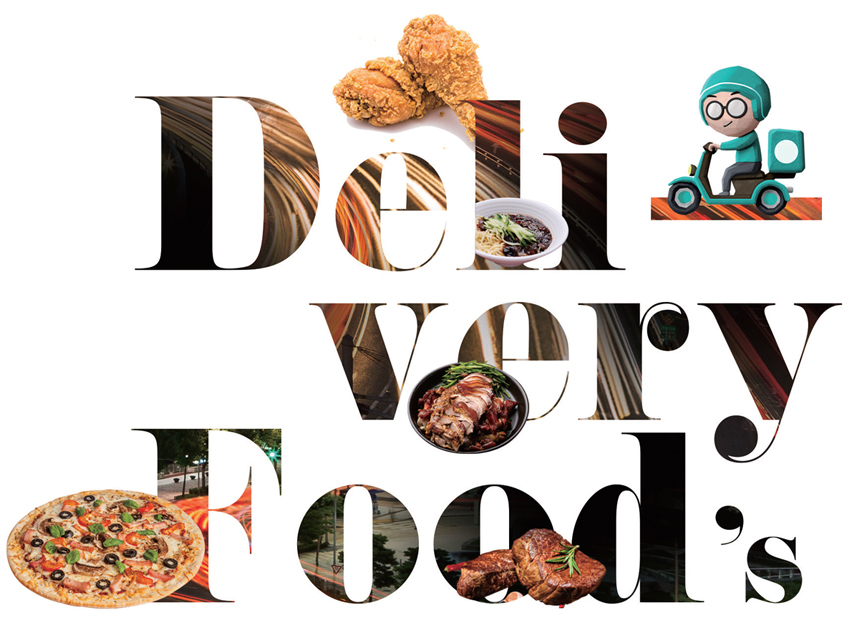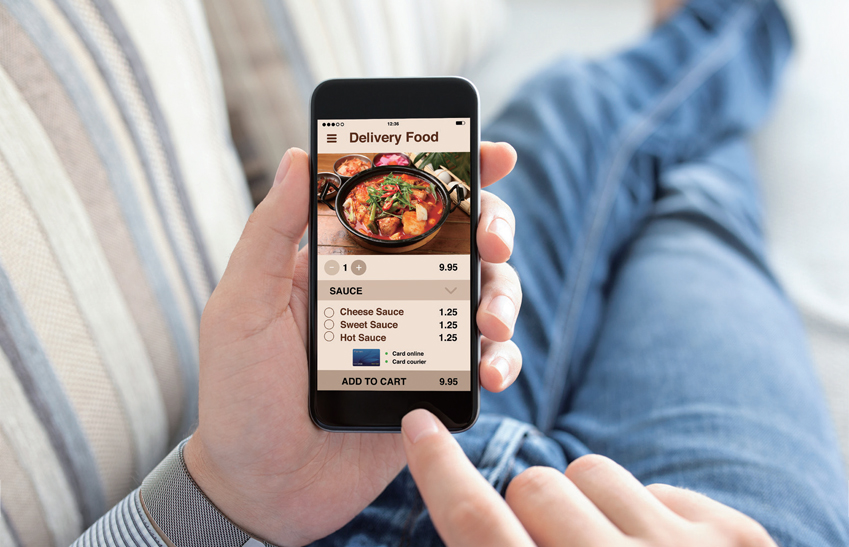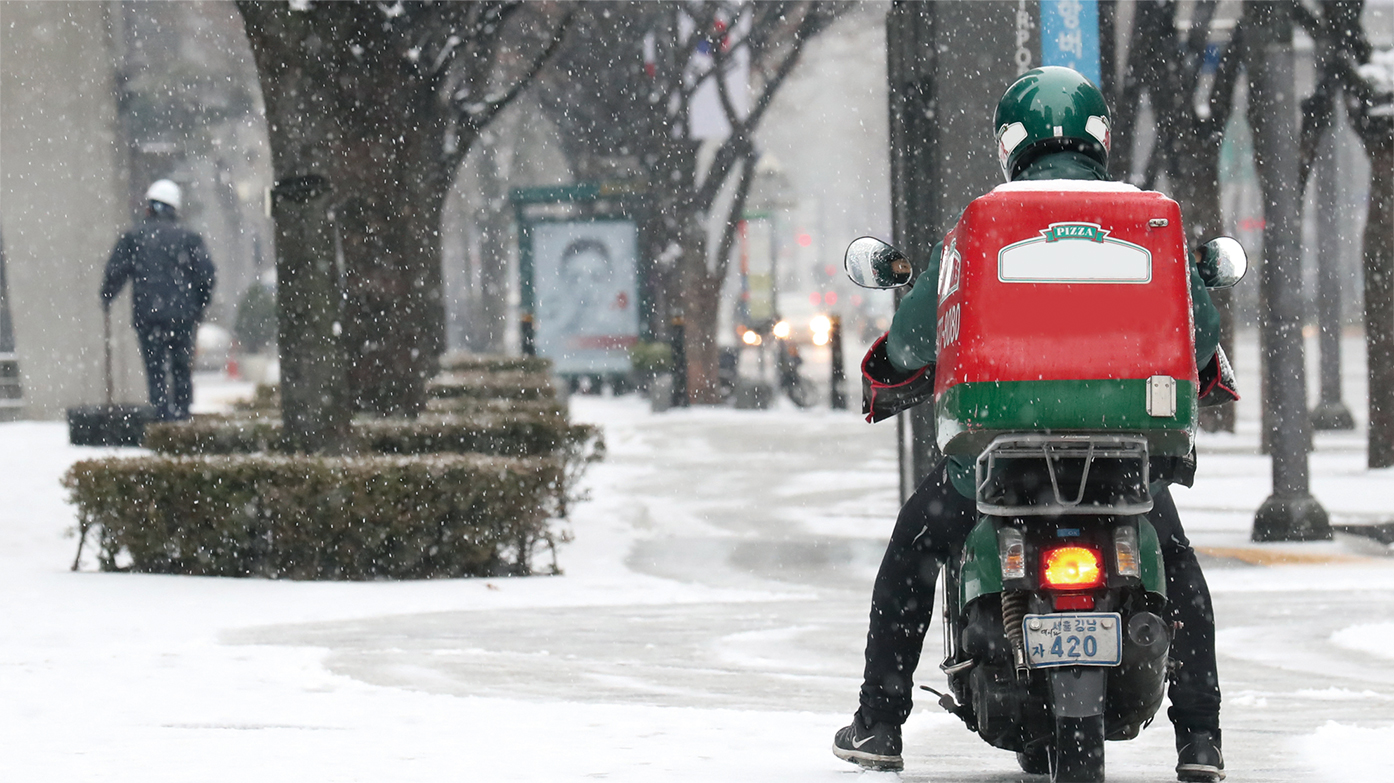
Contents





A Magician Who Works Miracles






Food Delivery Paradise
Transforming the Landscape of Food Delivery Services
Food delivery in Korea has existed since the Joseon era, continuing to satisfy changing tastes with evolving menus and ordering methods. Now you can have any kind of food you can imagine delivered to your home, office or even to the Hangang River Park. Let’s learn about food delivery trends in Korea from Korea’s most popular food delivery app Baedalui Minjok.
Written by Jeon So-young at Woowa Brothers Corp. Photographed by Studio Kenn
 No need to spend time preparing and cooking, delivery food saves a lot of time.
No need to spend time preparing and cooking, delivery food saves a lot of time.Old History of Food Delivery
The history of food delivery in Korea goes back further than anyone can imagine. The earliest Korean delivery of food on record is naengmyun cold buckwheat noodles in soup in the Joseon era (1392-1910). In his book, the scholar Hwang Yun-seok (1729-1791) mentions that he ordered naengmyun for lunch with his colleagues on the day after the state examination. This was in July, 1768. It appears that naengmyun, a delicacy enjoyed in the royal court, had gained popularity among noblemen, leading to the introduction of a delivery service. In Lee Yu-won’s book, it is recorded that King Sunjo (r. 1800-1834) of Joseon ordered his servants to buy cold noodles and bring it back to the palace while moon-watching with his officials in the early years of his reign. In later times, food delivery expanded to various soups and noodles in the 1930s, and delivery became a common thing. Even an article describing a day in the life of a food deliveryman was published in the newspaper.
With the migration of Chinese people to Incheon in the 1900s, jjajangmyun noodles with a black bean paste sauce were born. It became one of the most popular foods among the general public in the 1950s. The 1970s, a period of rapid economic growth in Korea allowed Chinese restaurants to open businesses on every corner of the street. However, the true golden age of food delivery began in the 1990s with the introduction of fried chicken and pizza franchises. The food delivery market grew exponentially from this point.

Our Favorite Late Night Snack
It’s not difficult to guess Koreans’ favorite delivery food. Fried chicken makes up 20 to 30% of all orders on the food delivery service app Baedalui Minjok. On days when major athletic matches are taking place, orders get backed up at even the tiniest neighborhood fried chicken stall. It is a rule of thumb that you should place an order a couple of hours ahead of the game if you want to enjoy a World Cup game with fried chicken. This beloved food is also the number one delivery item on traditional holidays. There was even a competition to find the best “chimmelier,” a portmanteau of chicken and sommelier. Jjajangmyun and tangsuyuk sweet and sour pork that represented delivery food in the 2000s have now been pushed to second place. Traditional Korean food with soups, side dishes and rice comes next. These days, delivery apps serve every kind of food you can name, from handmade burgers to steak, pasta, raw fish and even coffee and desserts. You don’t even need to go to a BBQ place for grilled pork belly and side dishes when it’s delivered right to your doorstep.
 You can have your beer delivered right to your seat at the baseball game. © YonhapNews
You can have your beer delivered right to your seat at the baseball game. © YonhapNews Fried chicken is one of the most beloved delivery foods in Korea.
Fried chicken is one of the most beloved delivery foods in Korea.Food Delivery, Growing Even More
Consumption behavior has also evolved from choosing food from an advertisement leaflet and ordering it over the phone to doing all this and paying at the same time on a smartphone. Although in-app payments only made up 10% of orders when the service was initially launched, this has risen to nearly 70% now. This reflects consumers’ preference for non-face to face transactions with the entire process carried out through a few taps on the smartphone screen.
The volume of the food delivery market in Korea is estimated at around KRW 15 trillion (about USD 13 million) per year. Delivery apps only account for 20 to 30% of total transactions. In 2017, Baedalui Minjok processed around KRW 3 trillion (USD 2.7 million) of transactions, which is expected to rise to KRW 4 trillion this year, with monthly active users nearing 8 million recently.
 Rapid expansion of the food delivery service market made ordering food to any place an ordinary thing. © shutterstock
Rapid expansion of the food delivery service market made ordering food to any place an ordinary thing. © shutterstockConvenience Is the Key
Demand for food delivery is largely influenced by weather: nobody wants to walk through the rain or extreme heat to get food at a restaurant. This is usually when orders hit the peak. Besides the weather, weekends are usually busier than weekdays. Of course more orders are placed during mealtimes, but nighttime orders, from 9 p.m. to midnight, also take up a large share. The most sought after late night foods include fried chicken, jokbal braised pigs’ feet and bossam boiled pork with napa cabbage for wrapping.
There are some interesting trends to note in food delivery in Korea. Single serving orders have been increasing in proportion to the growing number of single person households. Demands for more varieties of food other than fried chicken or jjajangmyun are also reflected in the wide selection of delivery food.
 Extreme weather is usually when the number of delivery orders is largely increased. © YonhapNews
Extreme weather is usually when the number of delivery orders is largely increased. © YonhapNewsThe introduction of food delivery apps has increased convenience even further than the traditional way of getting the food delivered over the phone, which was already considered convenient. These apps also collect and analyze data on consumer behavior to provide even better service. The food delivery apps never stop innovating the technology to make their service more easily accessible, introducing a new voice-order feature in late 2017, and in-store server robots in June this year. It’s not so far-fetched to assume that delivery robots will replace humans and change the landscape of the future food delivery system.
Other Articles





A Magician Who Works Miracles





Application of subscription
Sign upReaders’ Comments
GoThe event winners
Go


 November 2018
November 2018


